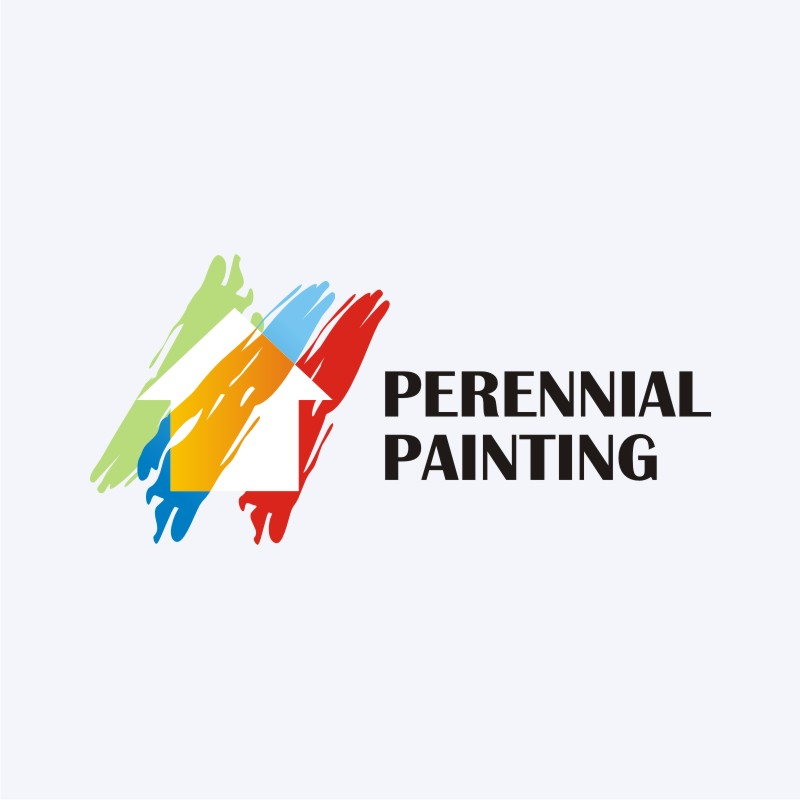Comprehensive Instructions For Ready-Making Your Wall Surfaces For Repainting
Comprehensive Instructions For Ready-Making Your Wall Surfaces For Repainting
Blog Article
Web Content Writer-Mathiasen Rindom
When you're prepping your wall surfaces for paint, it's important to follow a methodical procedure to ensure a perfect coating. Begin by taking a look at the wall for any kind of damage; this step can make or break your task. As soon as you've determined any type of concerns, cleaning up the surface area properly is essential, as a dirty wall surface can affect paint bond. Afterwards, you'll need to patch any type of imperfections and use a primer. But there specify techniques and ideas that can boost your prep work video game-- let's discover those more to achieve the most effective results.
Assessing Wall Surface Condition
Before you get your paintbrush, take a moment to analyze your walls' problem. Look for any kind of visible damages like fractures, holes, or peeling paint. These imperfections can affect how the paint adheres and looks as soon as it's completely dry. If https://waylonfmtyf.59bloggers.com/33663630/the-significance-of-climate-in-commercial-exterior-paint-what-you-need-to-know observe any significant damages, you'll need to focus on fixings prior to diving into painting.
Look very closely at the appearance of your walls. Is the surface area smooth, or exists texture that might call for unique consideration? Smooth walls normally require much less prep, while textured surface areas may need more time to paint uniformly.
Also, think about the previous paint task. If the old paint is glossy, it mightn't enable new paint to stick properly. You'll need to know if your walls have been painted with oil-based or water-based paint, as this can influence your choice of primer or paint.
Lastly, make note of any wetness issues. If you see indicators of water damage or mold, address these troubles right away to avoid more issues.
Cleaning up the Surface
When you've examined the condition of your wall surfaces, the next action is cleansing the surface area. Begin by gathering your materials: a container, cozy water, a light cleaning agent, a sponge or cloth, and a scrub brush for harder spots.
Begin on top corner of the wall and work your method down. Mix the detergent with cozy water in your container, after that dip the sponge or cloth right into the option. Wring it out to avoid extreme dampness on the walls.
As you clean, pay very close attention to areas that might've built up dust, grease, or finger prints. For stubborn spots, make use of the scrub brush gently to avoid damaging the paint below. Wash your sponge or fabric frequently in tidy water to stop spreading out dust around.
After cleansing, it's necessary to wipe the wall surfaces with a moist fabric to eliminate any kind of soap residue. This step guarantees a smooth surface area for the new paint to adhere to.
Enable https://www.architecturaldigest.com/wall-decor-ideas to dry entirely prior to proceeding to the next preparation actions. This extensive cleaning process will certainly assist develop a fresh canvas for your paint job, making certain the best outcomes.
Patching and Priming
Patching and priming are vital steps in preparing your wall surfaces for a fresh coat of paint. Initially, evaluate your walls for any kind of holes, fractures, or blemishes. Utilize a high-quality spackling substance or patching paste to load these locations.
Apply the substance with a putty blade, smoothing it out so it's flush with the surrounding surface area. Permit it to dry completely, and afterwards sand it gently till it's smooth and even.
When you've patched whatever, it's time to prime. Primer helps secure the patched locations, making sure the paint sticks properly and supplies a consistent coating. Choose a primer ideal for your wall type and the paint you'll be using.
Use the guide making use of a roller for bigger locations and a brush for corners and edges. If your covered locations are considerably big or porous, you may want to apply a 2nd layer of guide after the first one dries out.
After priming, allowed everything dry thoroughly before carrying on to paint. This prep work will not just enhance the appearance of your walls however additionally lengthen the life of your paint job.
Take your time, and you'll be pleased with the results.
Verdict
By adhering to these simple steps, you can accomplish a smooth and specialist coating on your wall surfaces. Start by analyzing their problem, then clean and patch any blemishes before using guide. Bear in mind to allow sufficient drying out time and guarantee everything is smooth before you study paint. With the right preparation, you'll set the stage for an attractive makeover in your area. Currently, gather your materials, breathe in the fresh air, and get ready to paint!
